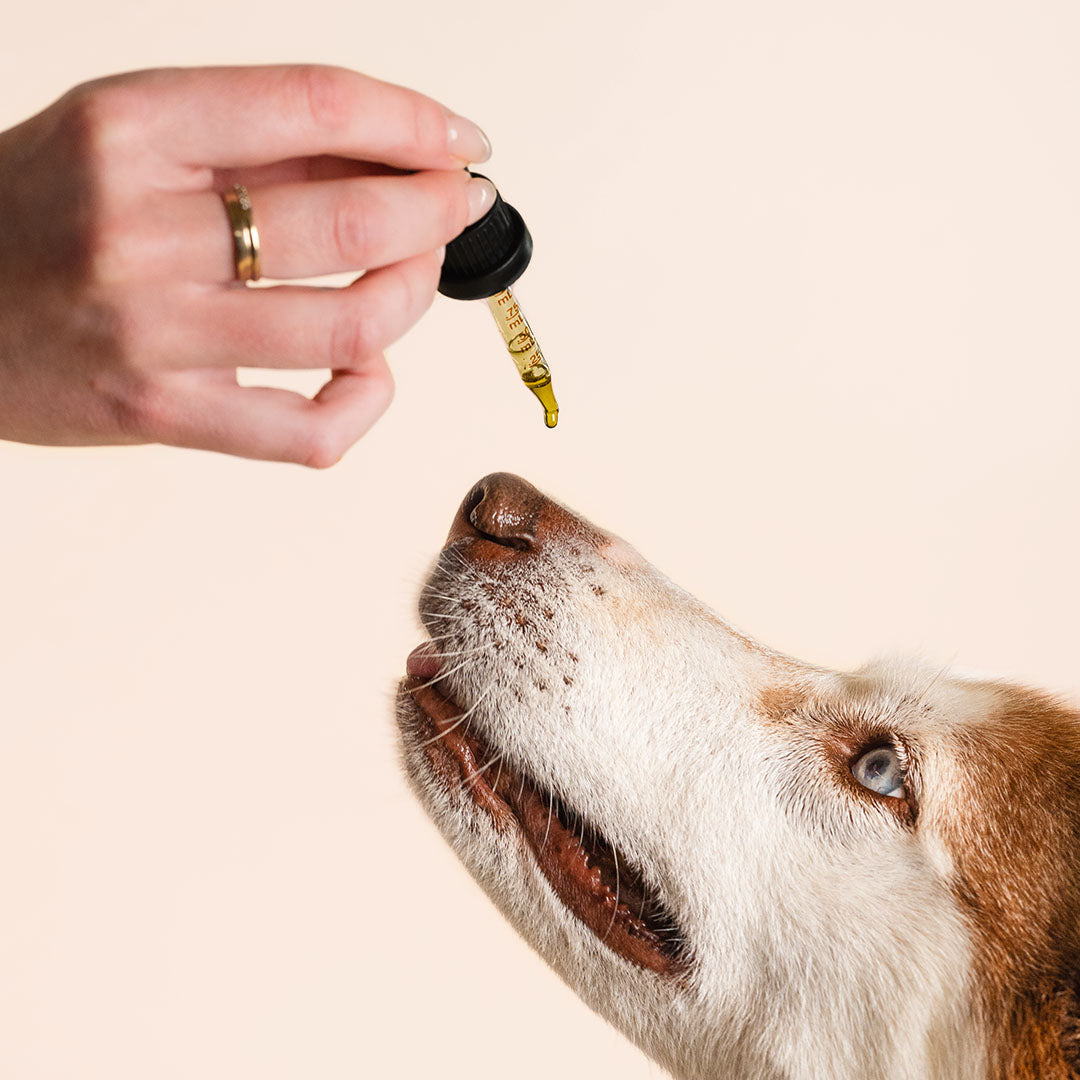Training your dog is one of the most rewarding parts of pet ownership—but it’s also where many new (and even experienced) dog parents get stuck. Whether you’ve just welcomed a puppy into your home or you're trying to teach an older dog some manners, basic dog obedience training is where it all begins.
In this post, we’ll break down the fundamentals of obedience training, what to avoid, and how to get the best results while building a stronger bond with your dog.

What Is Basic Dog Obedience Training?
Basic dog obedience training focuses on teaching your dog essential commands and behaviors that help them become well-mannered companions. These usually include:
-
Sit
-
Stay
-
Come
-
Down
-
Leave it
-
Heel
Mastering these commands creates a foundation that helps prevent behavior problems, improves communication, and increases safety for both your dog and others.
Why Start With the Basics?
Every dog—no matter the breed, age, or temperament—benefits from basic obedience training. Here’s why:
-
Improved safety: Commands like “come” or “stay” can prevent your dog from running into danger.
-
Better behavior: A trained dog is less likely to develop bad habits like jumping, barking excessively, or chewing.
-
Stronger bond: Training helps build trust and improves your relationship with your dog.
-
Socialization: Well-trained dogs are more welcome in public spaces and with other pets or people.
Common Mistakes to Avoid
Even with the best intentions, many dog owners make some classic errors. Here are a few to watch out for:
-
Inconsistency: Dogs thrive on routine. Mixed signals confuse them and slow learning.
-
Skipping rewards: Positive reinforcement (like treats, praise, or play) motivates dogs to repeat good behavior.
-
Training too long: Keep sessions short (5–10 minutes) and end on a positive note.
-
Training when frustrated: Dogs pick up on your energy. Patience is key.
-
Starting in distracting environments: Always begin in a quiet area before advancing to more challenging locations.

Frequently Asked Questions
How early can I start obedience training?
You can start training a puppy as early as 8 weeks old with basic commands. Keep it fun, short, and age-appropriate.
Can older dogs learn obedience too?
Absolutely. While it may take a bit more time and patience, older dogs can still learn new tricks and commands.
Do I need a professional dog trainer?
Not always. Many dog owners successfully train their pets at home with consistency, patience, and positive reinforcement. However, a trainer can be helpful if you're dealing with behavioral issues or need expert guidance.
How long does it take to train a dog in basic obedience?
It varies depending on the dog’s age, personality, and the time you put in. Some dogs pick up basic commands in a few weeks, while others take longer.
What kind of treats should I use for training?
Use small, soft treats that your dog loves. The more desirable the reward, the more motivated your dog will be.
Final Thoughts: Be Patient, Be Consistent, Be Kind

Basic dog obedience training isn’t just about teaching commands—it’s about building a relationship based on mutual respect and understanding. Don’t worry if your dog doesn’t get everything right away. Every pup learns at their own pace.
Helpful Notes:
-
Keep training sessions positive. Use praise, treats, and toys.
-
Practice every day, even for just a few minutes.
-
Celebrate small wins! Consistent effort leads to big changes over time.
-
Stay calm and confident. Your dog feeds off your energy.
Remember: You’re not just training your dog—you’re growing together as a team. So start with the basics, stay patient, and enjoy the journey.







![Probiotics For Dogs [Soft Chews] - HolistaPet](http://www.holistapet.com/cdn/shop/files/Probiotic-Infographic-1_472d7a29-e30c-435a-9638-1365d8c3a9f9.jpg?v=1725384841&width=104)


























Leave a comment
This site is protected by hCaptcha and the hCaptcha Privacy Policy and Terms of Service apply.